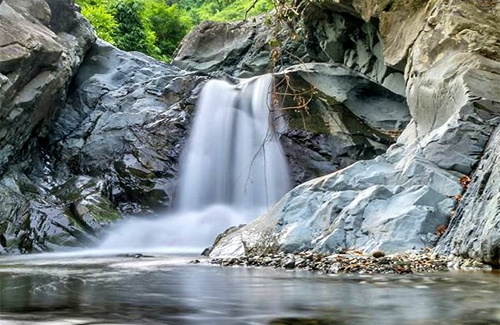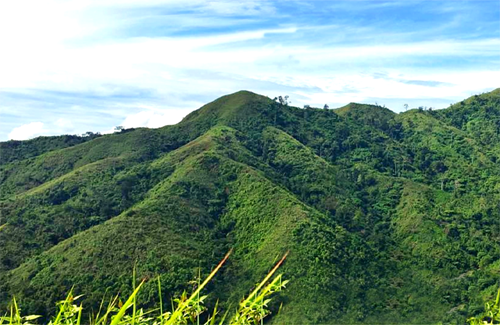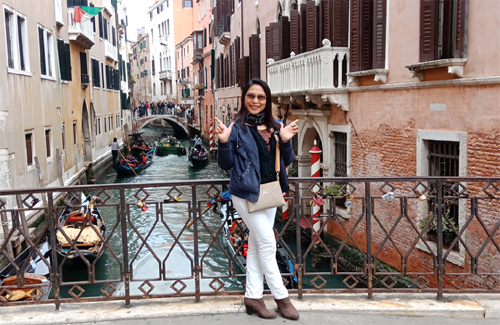Tarlac Travel Guide and Itinerary – Officially the Province of Tarlac (Kapampangan: Lalawigan ning Tarlac; Pangasinan: Luyag na Tarlac; Ilocano: Probinsia ti Tarlac; Tagalog: Lalawigan ng Tarlac locally [tɐɾˈlɐk]), is a landlocked province in the Philippines located in the Central Luzon region. Its capital is the city of Tarlac. It is bounded on the north by the province of Pangasinan, Nueva Ecija on the east, Zambales on the west and Pampanga in the south. The province comprises three congressional districts and is subdivided into 17 municipalities and one city, Tarlac City, which is the provincial capital.
The province is situated in the heartland of Luzon, in what is known as the Central Plain also spanning the neighbouring provinces of Pampanga, Pangasinan, Nueva Ecija and Bulacan. Tarlac covers a total land area of 3,053.45 km2 (305,345 ha). Early in history, what came to be known as Valenzuela Ranch today was once a thickly-forested area, peopled by roving tribes of nomadic Aetas who are said to be the aboriginal settlers of the Philippines, and for a lengthy period, it was the remaining hinterland of Luzon’s Central Plains. Today, Tarlac is the most multi-cultural of the provinces in the region for having a mixture of four distinct ethnic groups: the Kapampangans, the Pangasinans, the Ilocanos and the Tagalogs. It is also known for its fine food and vast sugar and rice plantations in Central Luzon.
Tarlac’s name is a Hispanized derivation from a talahib weed called Malatarlak. Tarlac was originally divided into two parts: the southern division belonging to Pampanga and the northern division belonging to Pangasinan. It was the last province in Central Luzon to be organized under the Spanish colonial administration in 1874. Its nucleus were the towns of Concepcion, Capas, Bamban, Mabalacat, Magalang, Porac, Floridablanca, Victoria, and Tarlac which constituted a military comandancia. Some of these municipalities were returned to Pampanga but the rest were incorporated into the new province of Tarlac. Unlike other provinces in Central Luzon, Tarlac was relatively free from revolts during the Spanish regime before the late 1800s rose. Only the rebellion started by Juan de la Cruz Palaris in Pangasinan spread to the northern portion of Tarlac. Tarlac Travel Guide and Itinerary. Tarlac Travel Guide and Itinerary.
Tarlac Maria Clara Museum, was built in honor of Leonor Rivera, sweetheart of Dr. Jose Rizal the Philippine national hero, immortalized as the heroine Maria Clara in his novels Noli Me Tangere and El Filibusterismo. Preserved inside are the priceless mementos of Leonora like pieces of embroidered box, jewelry music box and wigs where Rizal’s letters were meticulously kept. Ornate pieces of furniture that was used by the heroine can be seen inside. A part of the mansion where Leonor Rivera lived. Several priceless artifacts belonging to her, immortalized by Noli Me Tángere as María Clara and even her late admirer, the Philippine National Hero, José Rizal’s old photos is being exhibited on glass.



